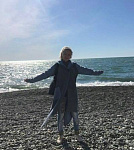In Cyprus, art doesn't just surround you; it permeates the space like air or light. It is found in the mosaics of ancient Paphos, the bright walls of Nicosia's old quarters, and the sounds of Limassol's street performances. For an island that has stood at the crossroads of the world for centuries, artistic expression is an integral part of life. The blend of Greek aesthetics, Middle Eastern decorativeness, and European freedom has given rise to unique Cypriot art, ranging from museum masterpieces to rebellious graffiti. To grasp the essence of Cyprus through images, lines, and colors, explore its artistic landscape: museum collections, galleries, squares, and streets that seem like canvases.
Art galleries
Every major city in Cyprus has its own galleries, both state and municipal, with permanent collections and temporary exhibitions. These spaces have become an important part of the island's culture, showcasing Cypriot creativity throughout history. The main ones are:
- The Leventis Gallery in Nicosia is the largest and most important art gallery in Cyprus. It has a collection of over 800 pieces of European, Greek, and Cypriot art.
- The State Gallery of Contemporary Art in Nicosia has a national collection of works by Cypriot artists from the 20th and 21st centuries with a focus on contemporary art.
- The Municipal Gallery in Limassol is one of the oldest public galleries in the country. Located in a neoclassical building, it contains a collection of local artists.
- The Morfi Gallery, also in Limassol, is a private gallery that actively represents Eastern Mediterranean painting and projects from other countries.
- The Municipal Art Gallery in Larnaca holds retrospective exhibitions of paintings by Cypriot artists, as well as international exhibitions.
- The Kypriaki Gonia Gallery, also in Larnaca, is an independent space where young painters regularly exhibit their work and creative dialogues take place several times a year.
Cyprus's galleries are not limited to the capital. They are scattered across the island to create a unified artistic field. This allows visitors to trace stylistic and cultural connections, the influence of history, and the self-expression of people who incorporate art into their daily lives.
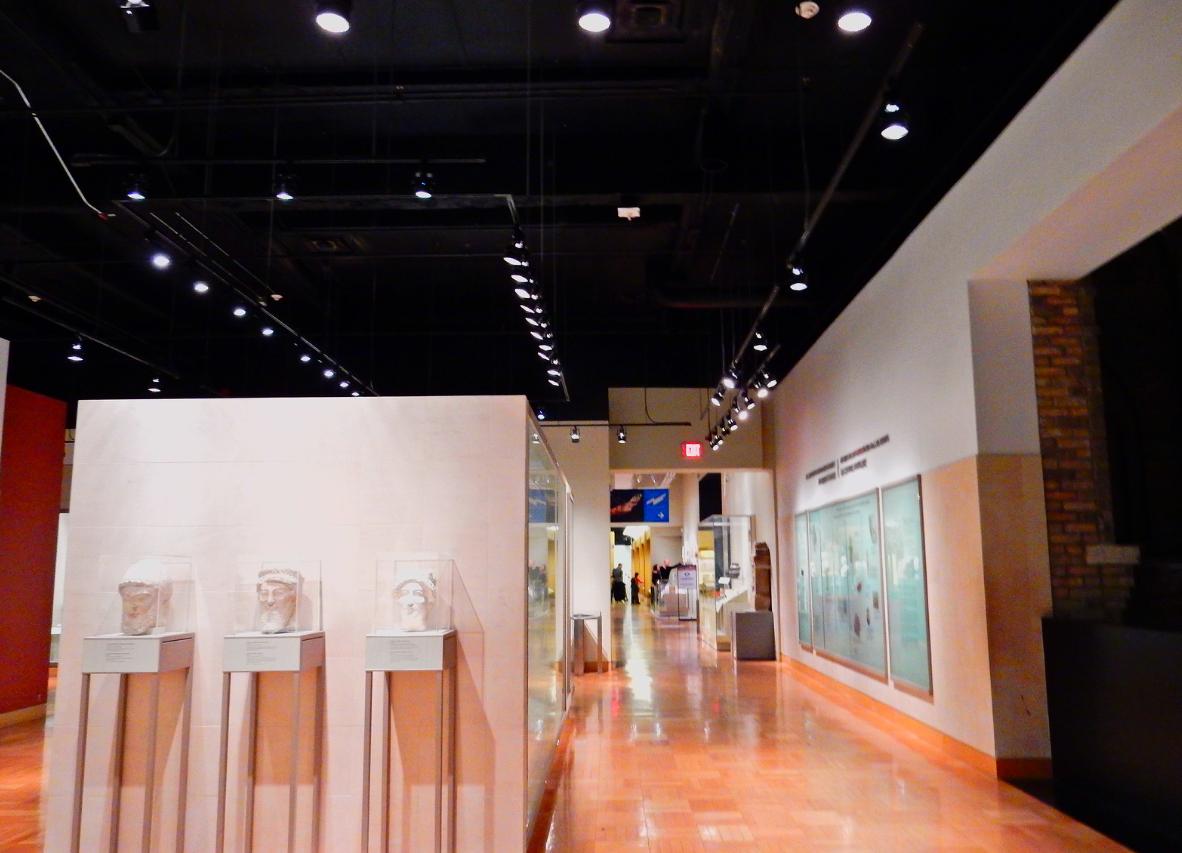
Museums, including open-air museums
Cyprus's museums showcase the island's rich history, from ancient times to the recent past. They include classic indoor exhibitions and large open-air sites where you can feel the history beneath your feet. These sites offer an opportunity to see how Cypriot culture was shaped by the Greeks, Romans, Byzantines, and other world civilizations.
- The Cyprus Museum in Nicosia is the country's main archaeological museum and houses artifacts from the Neolithic to the late ancient period.
- The Leventis Municipal Museum in Nicosia presents the history of the capital from antiquity to the present day, with an emphasis on everyday life and elements of folk culture.
- The Larnaka Medieval Castle (Larnaca) is a 14th-century fortress. Inside, there is a small collection of weapons, and the site itself is part of an open-air museum complex.
- The Paphos Ethnographic Museum (Paphos) presents the life of Cypriots in the 19th and 20th centuries through clothing, furniture, and agricultural tools.
- The Paphos Archaeological Park is an open-air site where you can see mosaics, villas, amphitheaters, and tombs from Roman and ancient times.
- The ruins of Amathus in Limassol are the remains of an ancient city-state on the coast and include the Temple of Aphrodite, the acropolis, and residential quarters. It is a key monument of Greek civilization in Cyprus.
These sites are more than just repositories of objects; they are a direct link to history, time, and the deep memory of the island. They are an integral part of the cultural landscape where visitors can experience moments from the past, understand the development of Cypriot society, and feel a connection to times long past.
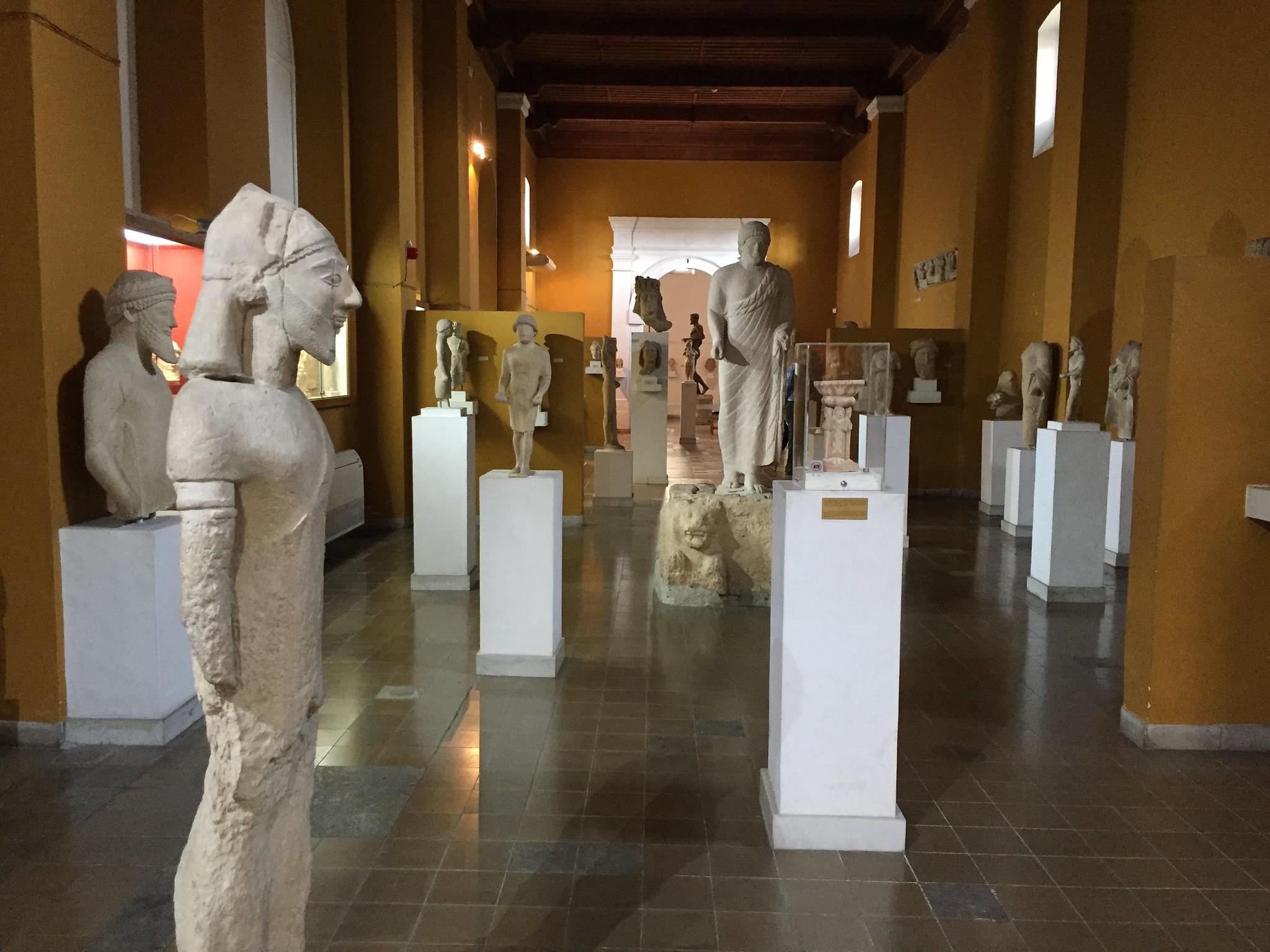
Street art
Street art has become an integral part of Cyprus's visual environment. In Limassol, Nicosia, Larnaca, and Paphos, walls, fences, staircases, and sidewalks are transformed into open-air galleries. The graffiti and murals here are not about protest or chaos but rather aesthetics, urban identity, and participation. Well-known and lesser-known graffiti artists work legally and in cooperation with the authorities, allowing street art to flourish rather than disappear.
This is especially noticeable in Limassol. Since 2009, the Street Life Festival has taken place in the Old Town center, transforming the familiar space in a single day. At the end of April, the streets are closed to cars and handed over to street artists. Buildings' walls become canvases, asphalt becomes a backdrop for paintings, and the streets become living organisms that speak the language of graffiti.
However, the festival is not limited to painting walls and roads. Breakdancers, DJs, parkour artists, street performers, and musicians also participate. This transforms the old Cypriot neighborhoods into a street scene where art and life merge. Unlike in exhibition halls, the action happens right before the audience's eyes.
Street Life has become more than just a festival; it is a moment of urban transformation. Traditional architecture engages with the visual language of the modern generation, reflecting Cyprus's general cultural mood: a blend of past and present, folk and street, museum and spontaneity.
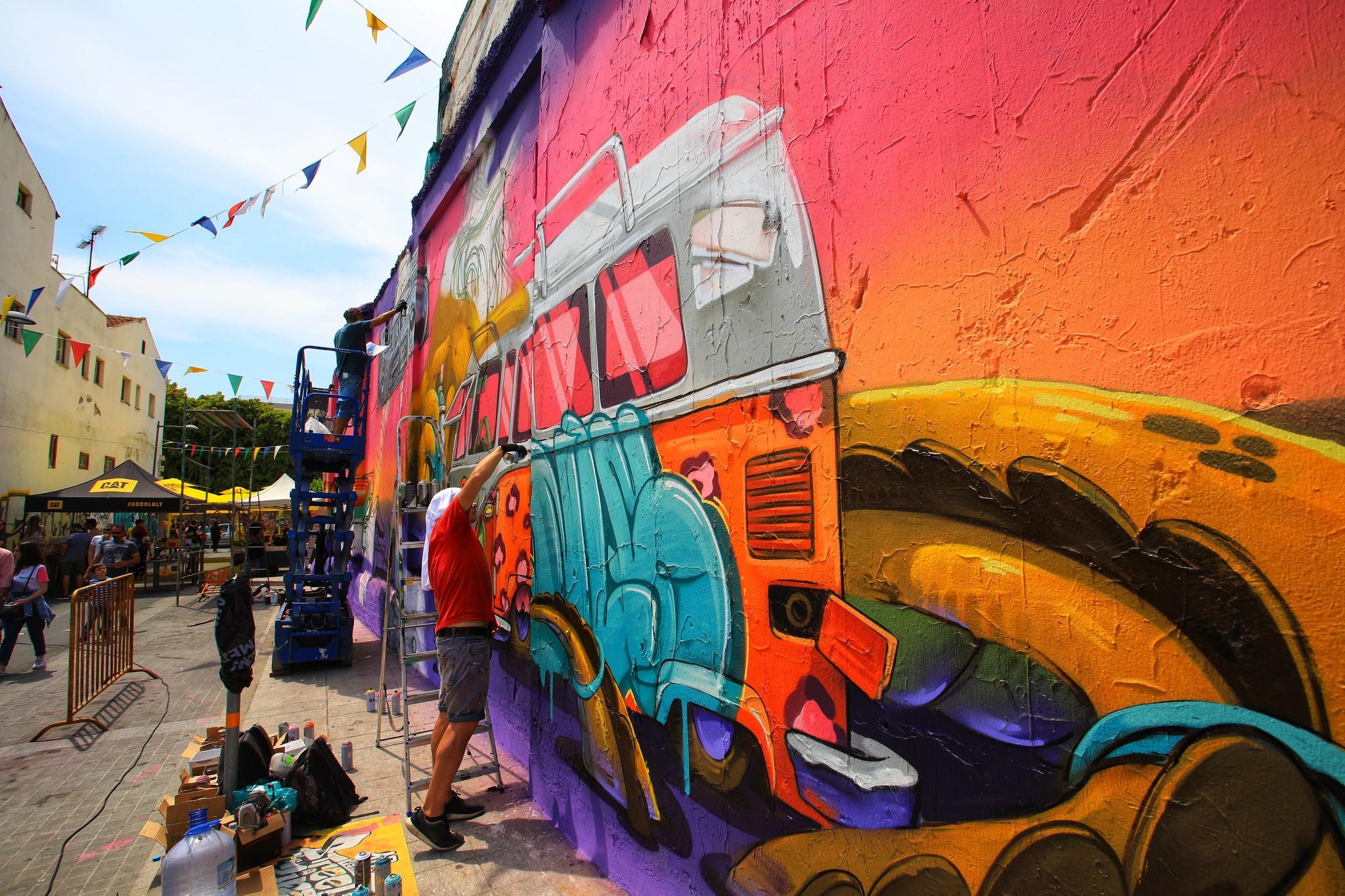
Unusual art objects
The sculpture park in Ayia Napa is an open art zone covering about 20,000 square meters near Cape Greco. It displays contemporary works by over 50 renowned artists from around the world. Founded in 2014 as part of an international symposium, the park grows every year. By January 2018, it had over 200 pieces created by approximately 140 sculptors from Greek, Cypriot, and international schools.
Visually, the park blends harmoniously with the surrounding landscape. All of the sculptures, including mythical creatures, abstract forms, and figures of people and children, are located on the slopes and offer views of the sea, creating the feeling of walking through an open-air gallery.
The municipality of Ayia Napa initiated the project to promote art and strengthen cultural ties between local and international artists (e.g., from Greece, Italy, Spain, and other countries). The park is open year-round from dawn to dusk. Admission is free, and benches and paths make it a peaceful place for contemplation and relaxation. Set aside some time to visit, especially if you want to take atmospheric photos.
Along the Molos waterfront in Limassol, dozens of sculptures have become an integral part of the cityscape. These figures are the result of annual symposiums and international art projects held in collaboration with the municipality. Here, you can see works by local artists as well as sculptors from other countries. The objects include abstract compositions, images of nature, metal pieces, and symbolic works that create a cultural axis along the sea. While it is difficult to call it a gallery, it is also not a promenade: the street art here exists in constant dialogue with locals and tourists.
The Cyprus College of Art, an art college founded by Stass Parashos in the late 1960s, is located in the picturesque village of Lempa, not far from Paphos. This haven for painting and criticism is surrounded by a legendary sculptural wall, a gigantic composition of various shapes created by the founder and guest artists over the decades, including monkeys and huge human hands. The semi-public garden and workshops are an informal laboratory where teachers, students, and guests collaborate and exchange ideas.
Near Ayia Napa, in the coastal area of Pernera, lies the MUSAN Underwater Museum, a unique combination of reefs and underwater art installations. More than 93 statues in the form of trees, flowers, and human figures are submerged at a depth of eight to ten meters between natural rock formations. The statues are made of pH-neutral materials that support the growth of marine flora and fauna. They already function as artificial reefs, attracting a variety of wildlife. MUSAN is located in a protected marine area and is open to divers and snorkelers. It is a project in which art becomes a living underwater ecosystem.
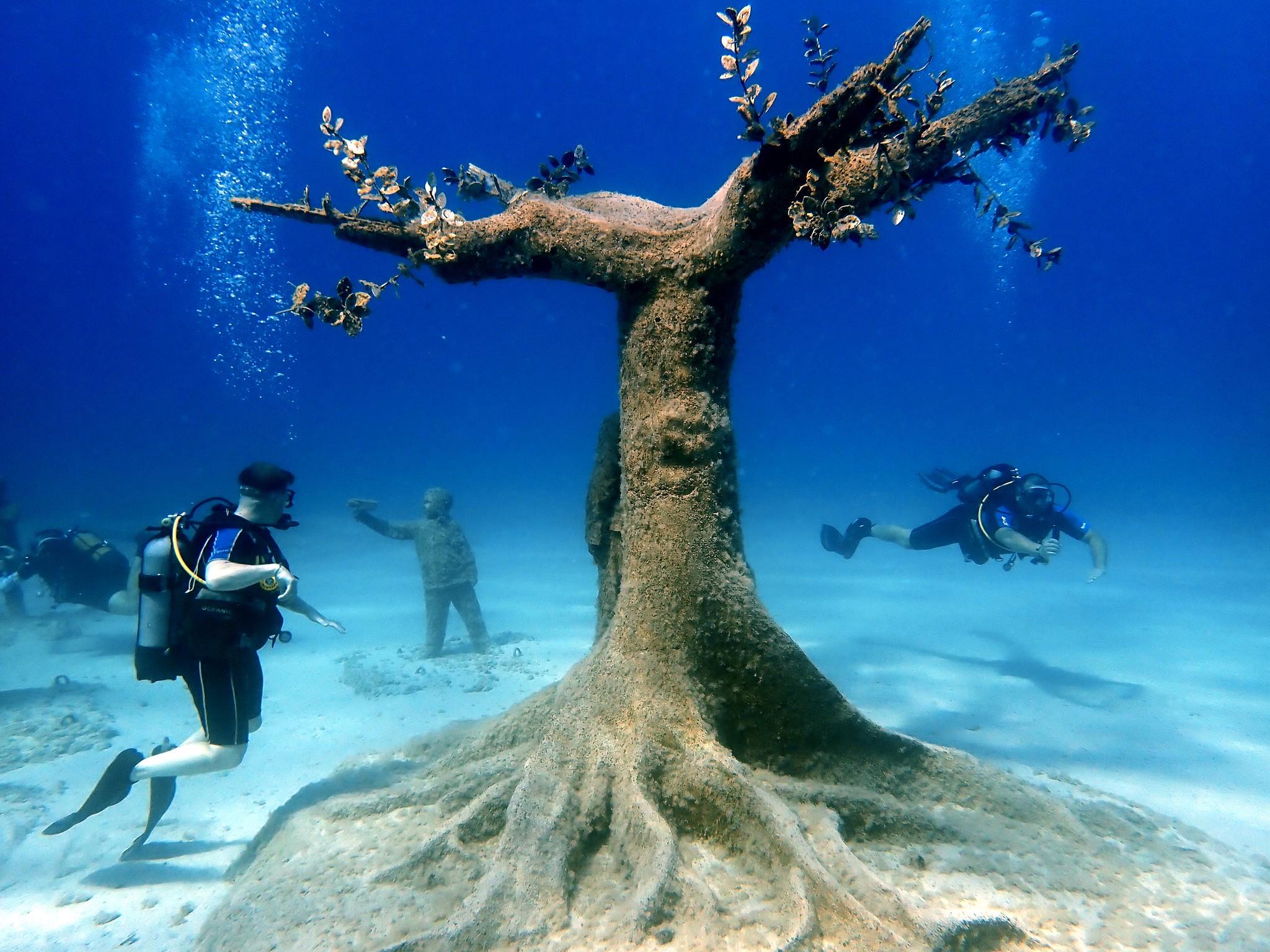
In Cyprus, art is an expression of not only cultural life, but also everyday life. It transcends the boundaries of galleries, extending to streets, parks, waterfronts, and even the depths of the sea. Through museums, galleries, street art, and bold installations, the island demonstrates how history and modernity, as well as tradition and the search for new forms, can coexist peacefully. Cyprus preserves its rich heritage and confidently asserts itself as a magnet for those who value visual culture and freedom of expression. Of course, it takes more than a year to fully appreciate Cyprus's cultural heritage, but this journey is extremely fascinating for those truly interested in Mediterranean art.
Read also:

